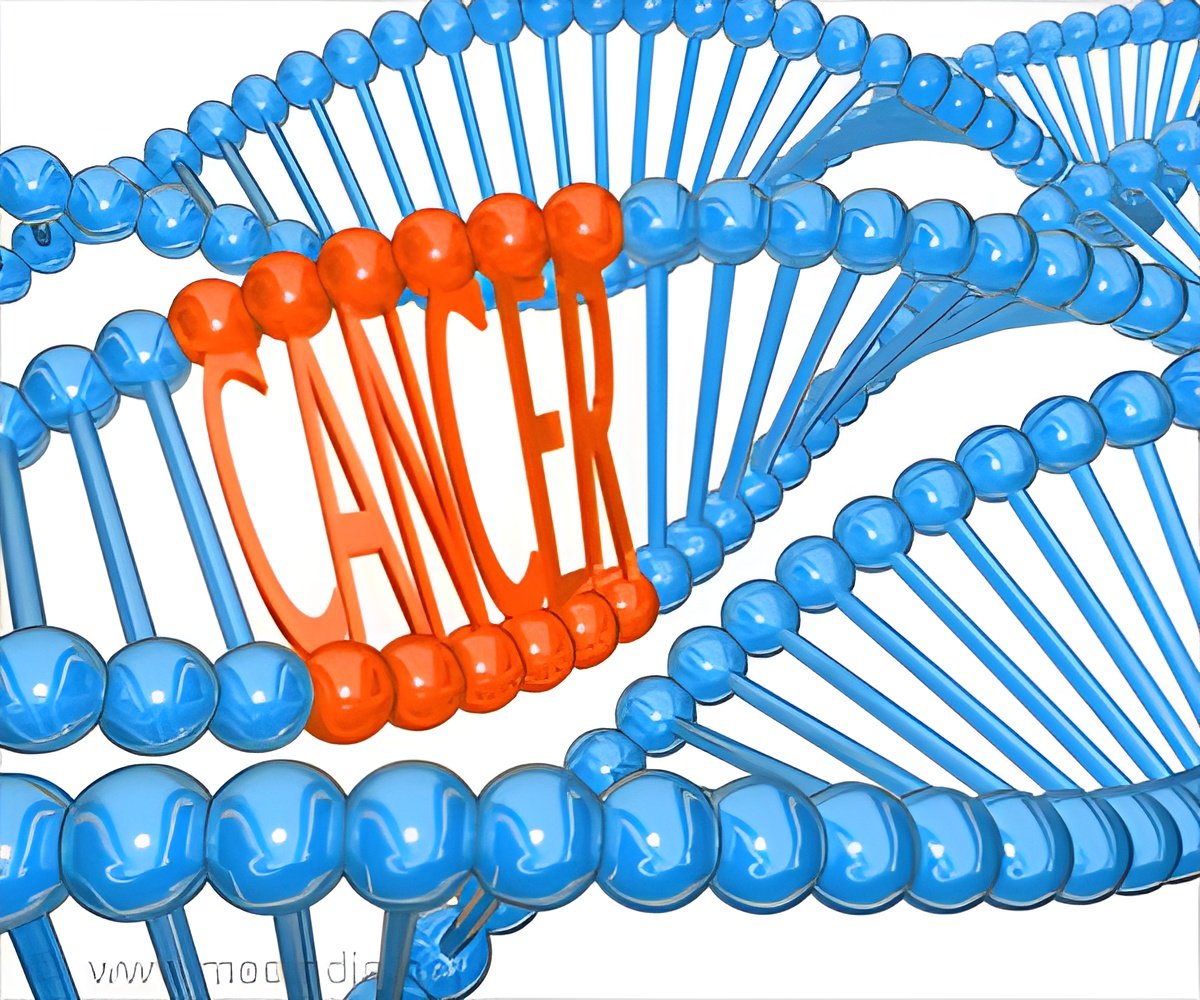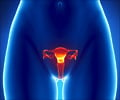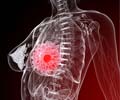
‘Understanding the mechanisms behind mutations occurring in DNA will pave way in the future, for therapeutic approaches to prevent the occurrence of diseases.’
Tweet it Now
"We decided to look at this problem from a different perspective and evaluated the contribution of the DNA damage to the accumulation of mutations", comments Vladimir Seplyarskiy one of the authors from the Institute for Information Transmission Problems RAS and Harvard Medical School, USA. "We looked how the cell repair system works. Since it works only on the DNA strand from which genes are read, we looked at what types of mutations occur in these areas unexpectedly rarely, and thus were able to estimate the number of mutations that are caused by DNA damage." Next, scientists looked at what happens to damaged DNA during cell division. They compared mutations on both leading and lagging doubling chains of DNA. It turned out that mutations associated with DNA damage occur more often on the lagging chain. This is true both for mutations caused by known mutagens during the development of a cancer tumor (for example, as a result of exposure to tobacco smoke in lung cancer, ultraviolet radiation in melanoma, and aristolochic acid in liver cancer), and for mutations inherited. Thus, it turned out that many of the inheritance mutations are caused not by errors in DNA doubling, but by damage to this fragile molecule.
The result obtained by computer analysis was tested experimentally. Scientists also tried to answer the question: if so many mutations are caused by DNA damage, why is the number of accumulated mutations related to the number of cell doublings? The experiments were conducted in collaboration with scientists from the Karolinska Institute, Sweden. The cell line was irradiated with ultraviolet light, and in one case cell division was artificially delayed for two days, while the second cell samples divided normally. It turned out that a slight delay reduced the mutagenic effect of ultraviolet radiation by 30 times. Therefore, DNA damage turns into mutations only if they occurred shortly before the cell division. These results suggest that mutations leading to cancers might be caused by mutagens only in actively dividing cells. Such a hypothesis gives a completely different interpretation of the relationship between the number of cell divisions and the number of accumulated mutations.
"I have long been looking for the cause of mutations in the germ line. It has been suggested that mutations inherited from the father are a consequence of replication inaccuracies. In this work, we statistically showed that DNA damage also plays a significant role. Unfortunately, the assessment of the contribution of such damage to mutagenesis, which we have received now, is clearly underestimated, and we are looking for new approaches to clarify it," summarizes Vladimir Seplyarskiy.
The study of how hereditary mutations arise has not only theoretical importance. Understanding the mechanisms of mutagenesis helps to estimate the likelihood, and even partly to predict, mutations that lead to cancer and hereditary diseases. In the long run, it might become possible to prevent this diseases.
Advertisement
Source-Eurekalert














